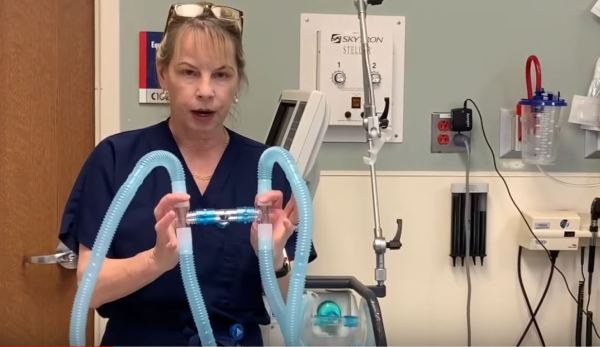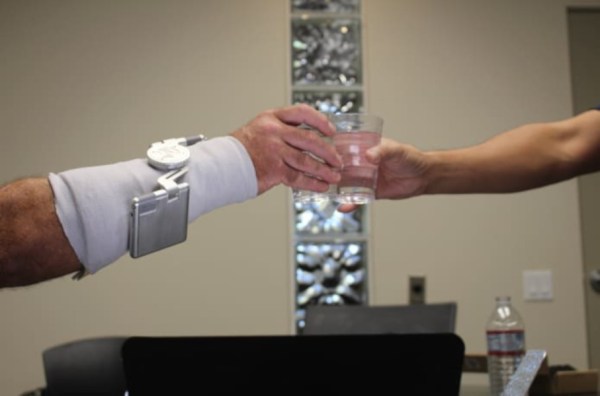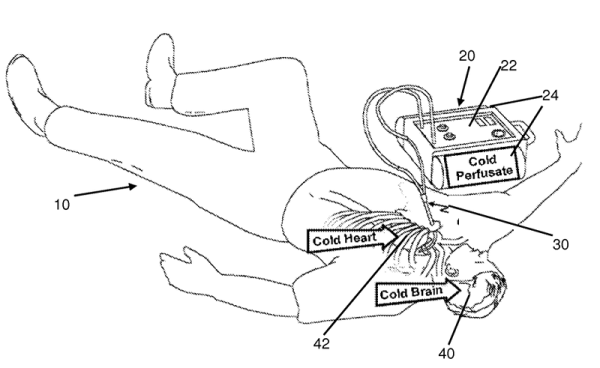We all know that COVID-19 is stressing our health system to the limit. One of the most important machines in this battle is the ventilator. Vents are critical for patients experiencing the worst symptoms of respiratory distress from the virus. Most of the numbers predict that hospitals won’t have enough ventilators to keep up with the needs during the height of the pandemic.
Now anyone with a walkman or iPod can tell you what they do when there is one music device and two people who want to listen: Plug in a Y-connector. Wouldn’t it be great if you could do the same thing with a medical ventilator? It turns out you can – – with some important caveats.
Way back in 2006, [Greg Neyman, MD and Charlene Babcock, MD] connected four simulated patients to a single ventilator. Ventilators connect to a patient with two tubes – an inflow and an exhaust. Using common parts available in just about any hospital, the doctors installed “T-tube” splitters on the inflow and exhaust tubes. They tested this with lung simulators and found that the system worked.
There were some important considerations though. The patients must be medically paralyzed, and have similar lung capacity — you couldn’t mix an adult and a child. The tubing length for each patient needs to be the same as well. The suggestion is to place the patients in a star pattern with the ventilator at the center of the star.
[Dr. Charlene Babcock] explains the whole setup in the video after the break.
Interestingly enough, this technique went from feasibility study to reality during the Las Vegas shooting a few years ago. There were more patients than ventilators, so emergency room doctors employed the technique to keep patients alive while equipment was brought in from outside hospitals. It worked — saving lives on that dark day.
The video and technique remind us of Apollo 13 and the CO2 scrubber modifications. Whatever it takes to keep people alive. We’ve already started looking into open source ventilators, but it’s good to see that medical professionals have been working on this problem for years.
Continue reading “Saving 4 Patients With Just 1 Ventilator” →

















